You don’t need a ton of outdoor space to start growing broccoli. In fact, it’s a great vegetable to grow in containers on your balcony or porch! Having your own broccoli plant is the perfect way to save some money while knowing exactly where your food has come from.
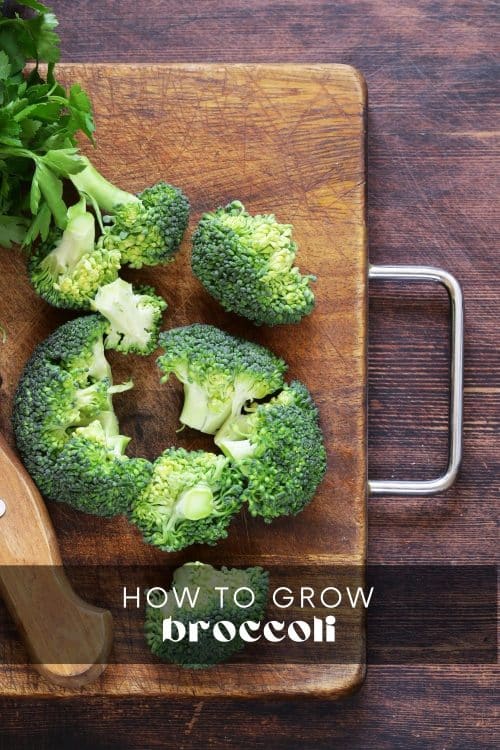
Known as cole crops, broccoli (Brassica oleracea var. italica) is a cool-season crop that can be grown at home. The part we eat is actually the flower buds, which we harvest before they bloom. Broccoli is a biennial plant, meaning it will grow over two growing seasons. However, most of us only grow broccoli as an annual crop, harvesting it in the first year.
Growing broccoli is pretty easy, so long as it has the right conditions. Let’s look at what you need to know before starting your broccoli patch!
Different Types of Broccoli
Broccoli is part of the Brassicaceae, which also includes cauliflower, cabbage, and Brussels sprouts. But beyond the familiar green head of broccoli we see in the grocery store, there are a few broccoli varieties you may not know about.
You can grow any of the following broccoli types at home. However, the preferred growing conditions and time to maturity may differ slightly.
Here are 3 common varieties of broccoli:
Calabrese
This is the type of broccoli you’ll commonly see in stores. It has a large, dark green main head and thick stalks. But what if I told you calabrese and broccoli are technically different? Calabrese is part of the broccoli family, but it’s a specific cultivar with Italian origins. It’s considered to have a more delicate and sweeter flavor than other broccoli types.
Calabrese is best sown in the spring and takes around 4-5 months to mature.
Sprouting Broccoli
Sprouting broccoli doesn’t have one large head like calabrese. Instead, it has several smaller heads and thin stalks. It comes in both green and purple varieties and is known for its long harvesting season. Its flavor is slightly nuttier and more bitter than calabrese.
You should sow early varieties in early spring and late varieties in late spring/early summer for a fall harvest. Depending on the variety, they can take 4-10 months to mature.
Destiny
Destiny broccoli has a small, dome-shaped head, which can be smaller than the Calabrese variety. It’s known for its ability to resist bolting and tolerate hot weather. Its flavor is described as mild and buttery.
Destiny broccoli is best sown in the spring and takes around 3-4 months to mature.
What Are the Best Growing Conditions For Broccoli?
Broccoli is a hardy vegetable that thrives in cooler temperatures. But as they are typically slow-growing, you must ensure they have the right conditions for the entire growing season.
Soil
Broccoli needs loamy, well-draining soil with a pH level between 6.0-70. Add some organic matter to your soil for the best results. The planting area should be free of weeds and have enough room for the plants to grow. Broccoli plants can grow very wide and tall depending on the type you’re growing, so make sure to space them accordingly.
Sunlight
Choose somewhere that gets full sun. Broccoli needs about 6 hours of direct sunlight per day. For particularly warm regions, choose a spot with partial shade during the hottest part of the day.
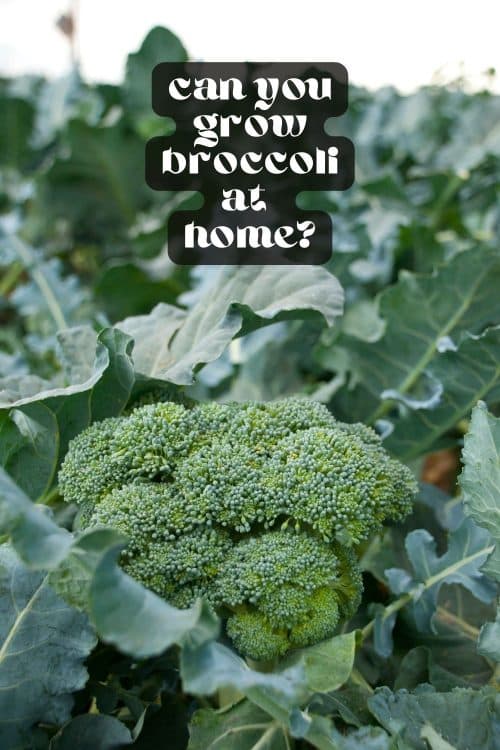
Temperature
As mentioned earlier, broccoli thrives in cooler temperatures. The ideal temperature range for growing broccoli is between 60-70°F (15-21°C). Anything over 80°F can cause the plant to bolt – meaning it will start to produce flowers and go to seed.
This is something to keep in mind when choosing which month to plant your broccoli. Areas with warm summer months should plant in early spring. Cooler climates can grow broccoli in the summer to early fall.
Container
You can grow broccoli in containers if you don’t have space in your garden. It’s also a good idea for those living in warmer regions, as containers can be moved into the shade as needed. Choose a container that is at least 12 inches deep and wide. There should also be drainage holes at the bottom to prevent water from pooling.
How to Grow Broccoli
You can either grow broccoli from seed or by propagating it. Starting from a seed is easier than it sounds! If planting in the spring to yield a summer crop, you’ll want to sow your seeds indoors around 6-8 weeks before the last frost date. They can also be sown directly into garden beds, depending on the climate.
Growing Broccoli from Seed
- If germinating the broccoli seeds indoors, fill a seed tray or small pots with moist soil.
- Plant 3/4 of the seeds per pot or cell. They should be approximately 1/4 inch deep.
- Keep the soil moist and in a sunny, warm location (around 75°F). You can also use a grow light.
- Once the broccoli seedlings have sprouted and are around 6 inches tall, they can be transplanted into your garden or container.
- You should harden the young plants before transplanting. About a week before moving them outside, put them in a cool, sheltered area for a few hours at a time. Gradually increase the amount of time each day to acclimate them to the outdoors.
- When your plants are hardy enough, plant them in your desired location. They should be around 18-24 inches apart.
- If planting in a container, only plant one broccoli plant per 12-inch container.
How to Propagate Broccoli
Aside from harvesting the seeds from an existing plant, you can also propagate broccoli using leftover stems. This is a great way to get more plants without buying seeds. It also means you can start your broccoli harvest using store-bought broccoli heads!
Growing Broccoli From Leftover Stems
- Start with a stem that’s at least 5-6 inches long.
- Place the stem in a glass cup or jar. Only add enough water to cover the bottom half of the stem. Put the jar near a sunny window.
- Change the water every 2-3 days to keep it fresh.
- After a week or two, you’ll notice roots starting to form.
- Once the roots are at least 2 inches long, transfer the stem to a pot filled with soil, as above.
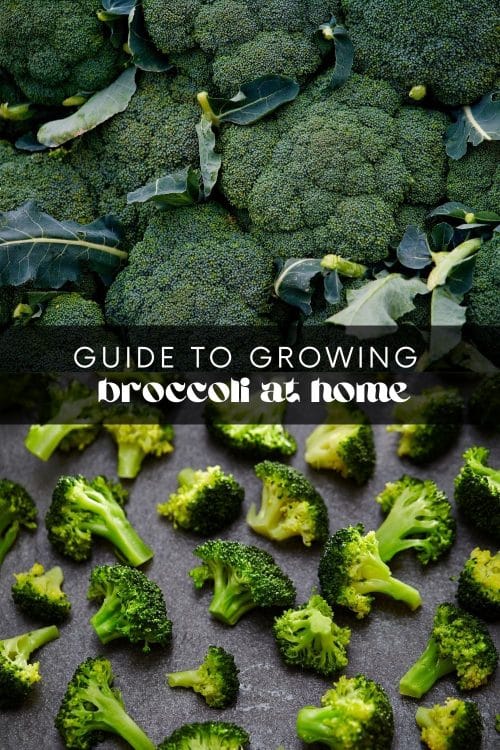
How to Care For Broccoli Plants
Your broccoli will grow for many months, requiring proper care and attention to stay healthy. Here are a few tips on how to take care of your broccoli plants:
Watering
The amount of water needed will depend on the soil conditions and temperature. Check the soil every few days and water if it feels dry. Avoid overwatering, as this can lead to root rot. Always water from the base of the plant to prevent fungal diseases.
Pest Control
Broccoli plants are vulnerable to insect pests such as aphids, cabbage worms, and flea beetles. Keep an eye out for any signs of infestation, such as holes in the leaves or discoloration. Only use organic methods to control pests on your broccoli. Mesh row covers and natural insecticides are good options for pest prevention and cure.
Fertilizer
Broccoli plants are heavy feeders, meaning they require a lot of nutrients to grow properly. Use an organic, balanced fertilizer every 2-3 weeks to ensure your plants have enough nutrients.
Weeding
Always remove any weeds around your broccoli plants. Weeds compete with the plants for nutrients and water, hindering their growth.
Bolting (Flowering)
Avoid overcrowding your broccoli plants when planting, and monitor the temperature closely. High temperatures can cause the plant to bolt. There’s not much you can do once a broccoli plant bolts other than harvest it as soon as possible. If preferred, allow the plant to flower completely, dry the seeds, and use them for future planting.
How to Harvest Broccoli
Your broccoli is ready once the head is dark green and the buds are tight. It should be around 5-7 inches in diameter. If your broccoli is yellowing, this means it’s starting to flower. You should harvest your broccoli before this happens for the best results.
- The best time to harvest is in the morning when the heads are firm and crisp.
- Use a sharp knife to cut the central head from the stalk about 5 inches below the head.
- If you plan on harvesting more broccoli throughout the season, cut the stalk at an angle just above a leaf. You should also leave any side shoots and leaves intact. This can help promote the growth of more broccoli.
- Don’t wash the harvested broccoli until it is time to cook it. Washing can cause moisture buildup and lead to mold growth.
How to Store Broccoli
Fresh broccoli is best consumed immediately after harvesting, but it can last well in the fridge for up to a week. Wrap the head loosely in plastic wrap or store it in a perforated plastic bag in the vegetable crisper drawer. Don’t cut it until you’re ready to use it!
You can also freeze broccoli. To freeze, blanch the broccoli in boiling water for 3 minutes, then transfer to an ice bath. Once cooled, drain and dry the broccoli before placing it in a single layer on a baking sheet and freezing. Once frozen, transfer to a freezer-safe container or bag. Frozen broccoli can last up to 12 months.
How to Serve Homegrown Broccoli
There are many delicious ways to enjoy your homegrown broccoli!
Try these ideas:
Or you can serve it up as a yummy side; these dishes pair perfectly with broccoli:
- Cowboy steak
- Ham casserole
- Herb crusted chicken
- Slow cooked frozen chicken
- Instant pot beef stroganoff
However you choose to serve it, your homegrown broccoli is sure to be a hit! And the best part? You can feel proud knowing you grew this delicious and nutritious vegetable right in your backyard.
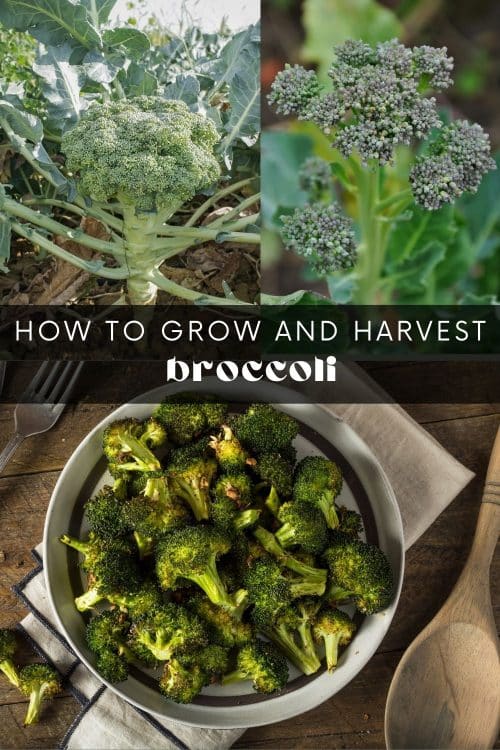
Check out these Gardening Posts:
- DIY Tall Planter Box
- DIY Self-Watering Window Boxes
- When to Plant?
- How to Set Up a Garden Drip System
- Gardening Tips for Beginners
- Winter Squash Storage
- Tips for Growing Herbs Indoors
- Building Raised Wooden Planter Boxes
- Starting Plants from Seed Indoors
- How to Make Hummingbird Food
- How Long Do Potatoes Take to Grow?
- How to Grow and Harvest Lettuce
- The 5 Best Soil Moisture Meters
- How to Grow Jalapenos
- How to Grow Green Onions
- How to Grow Big Tomatoes in Pots
- How to Grow Broccoli
- How to Grow a Corn Plant
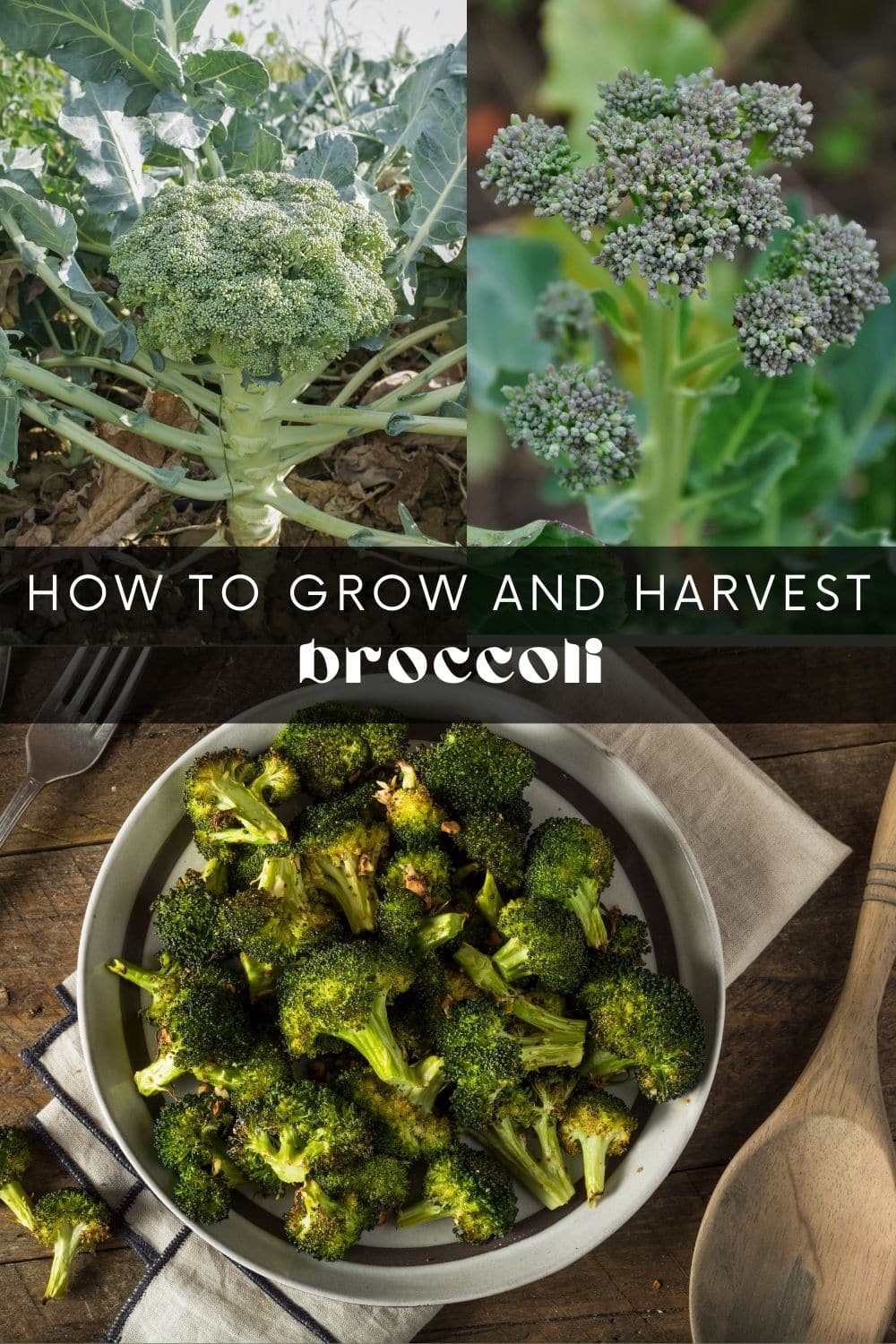
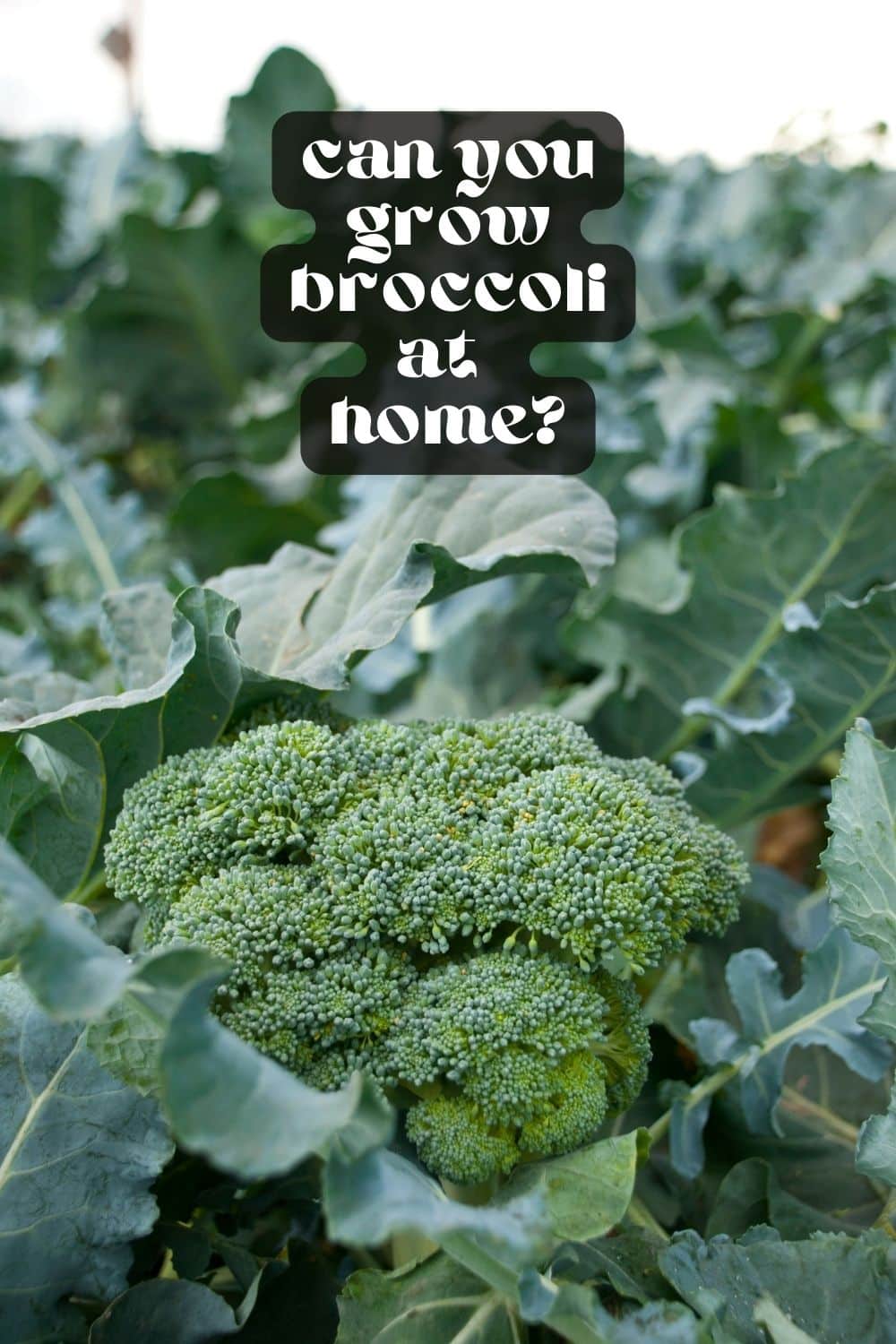
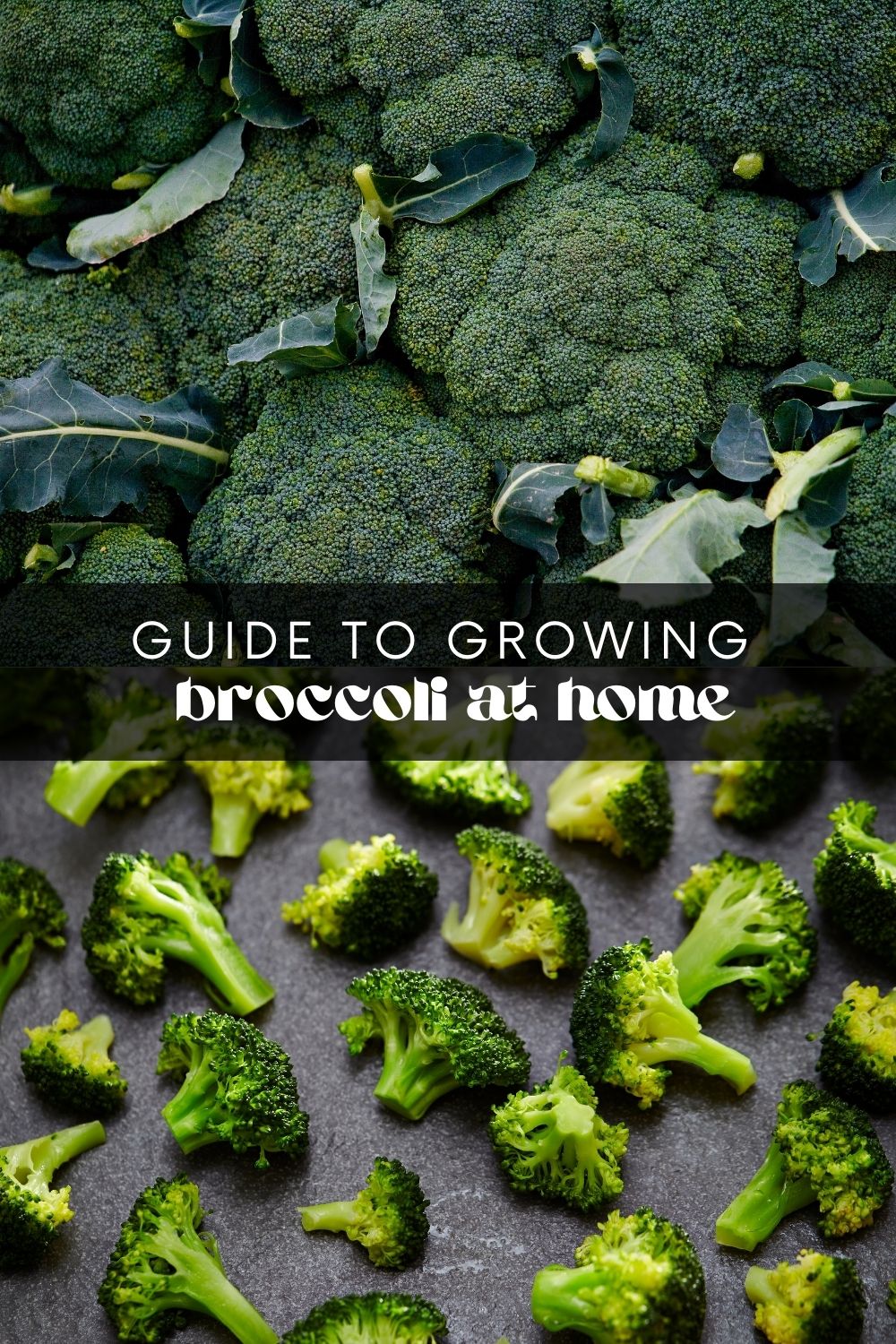
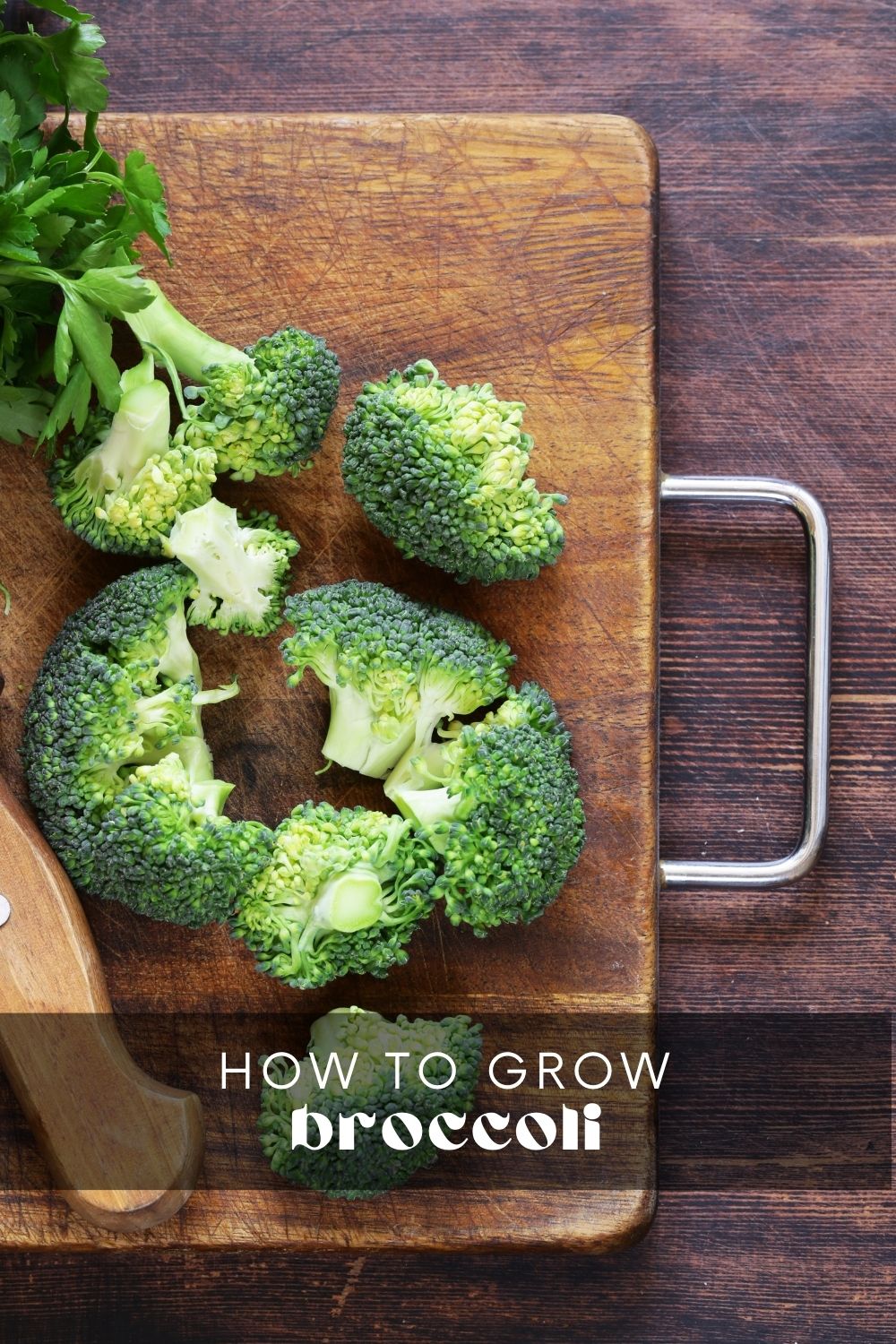



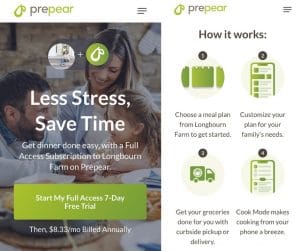

[…] How to Grow Broccoli […]